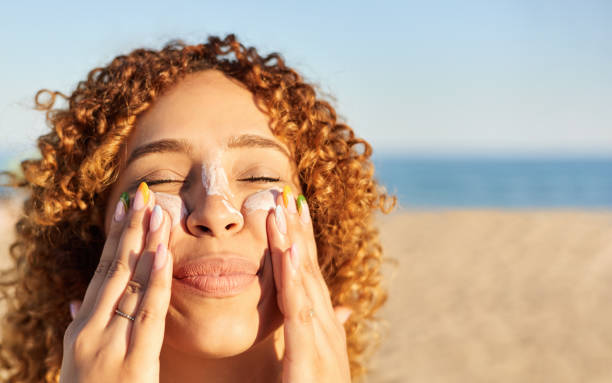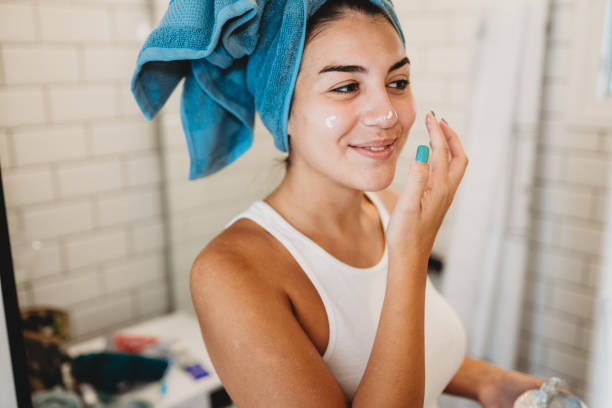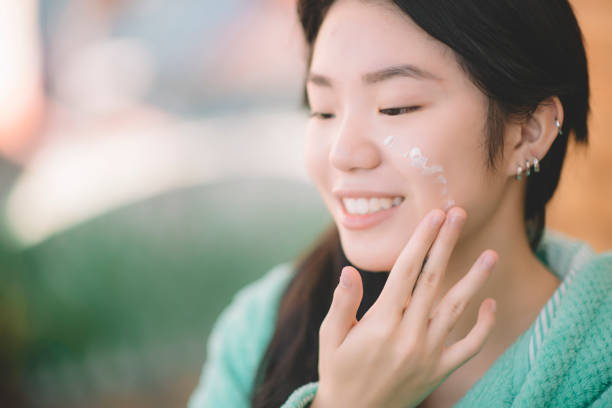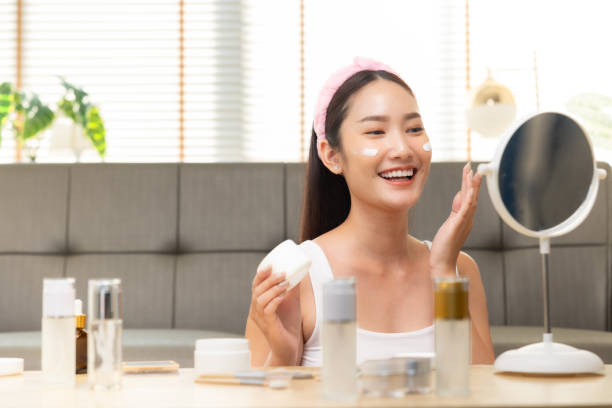Avoiding the Most Common Sunscreen Snafus
Okay, let’s get real for a second about advanced skin care. We’ve all been there-standing in the sun-baked oblivion, confident that our skin is just one big, gleaming fortress against the UV rays, only to transform into a human lobster by sundown. It’s puzzling and irritating and just flat-out hurts. The easiest of all skin care steps-slapping on some sunscreen-can sometimes feel like solving the Gordian knot of sun protection. But fear not, dear reader, because we are going to shine the light-cue the pun-on some very simple faux pas that leave your skin at risk from the sun’s brutal rays.

Lathering up with sunscreen is not about a dab here and a smeared finger’s worth there. Picture this: you’re icing a cake. You wouldn’t just sprinkle a little dusting of frosting over its surface, would you? Of course not! Experts say to pour a shot glass full for your body and a nickel-sized dollop for your face.
Next up is the classic “I Forgot My Ears, and Now They’re Glowing Like Rudolph’s Nose.” Sure, your face and arms are easy enough to remember, but those sneaky little nooks—the ears, the back of your neck, your legs’ sides—are often left behind. They need some love too, lest they end the day the color of a boiled lobster.
And then, out of nowhere, the clock starts ticking: timing. Slapping on sunscreen when already at the beach is like trying to put out the fire after it has devoured the whole forest-too little, too late. Sunscreen takes time to build up its powers of protection. It’s like sending a secret agent to the most strenuous training camp. Rule of thumb?
Apply at least 15-30 minutes before stepping out.
Let the shield be formed, my friend.
And then there’s reapplication-the one chapter in the sunscreen saga people tend to skim over. Maybe it’s our optimism, or probably our innermost laziness. Either way, sunscreen isn’t a one-timer. A reapplication every two hours if you’re out in the sun, and even more so if you’re conniving with water or sweat-they’re sneaky little thieves that swipe your sun protection.
The next question is about SPF choice, really one of the confusing choices for anyone. Generally speaking, an SPF of between 30 and 50 does the trick for any general kind of situation. Anything below that, well, it’s just like carrying a banana to a sword fight. And above metrics? Often not much more effective, and let’s face it: higher numbers sometimes trick people into applying less frequently.
Now, don’t get blinded by cloudy skies. Clouds are the atmosphere’s pranksters, often cloaking the sun’s UV rays that daringly pierce through nonetheless. Sunscreen isn’t only your beach buddy but an everyday trenchmate against those crafty rays reaching you on apparently harmless cloudy days.
And here is your cautionary tale: beware of expired sunscreens. You heard that right—expired sunscreens are a thing! Using a dated tube can be likened to finishing that last glass of milk just a tad past its date—likely harmless, but do you really want to learn the hard way?
Physical vs. Chemical Sunscreens
To delve into the advanced world of skin care is to dive into a very glittery rabbit hole, with treasures so many, waiting to be uncovered, but none quite so mysterious as what you may uncover in that sunscreen aisle. Just think of that: sunscreen, the knight in shining armor in your very own, personal skin fairy tale! In truth, what of those confounding terms, physical and chemical, prancing about the labels? Allow me to deconstruct this solar skin saga with a little panache.
Imagine a giant disco ball. That’s your job, as someone seeking the right kind of sunblock. And rolling in the sunscreen ball into the land of sunscreen, let’s get this party started with physical sunscreens.
Physical, or mineral, sunscreens are like carrying your own portable shade around; they contain tiny little warriors, notably zinc oxide and titanium dioxide. These two are the life of the party, hanging out on the surface of your skin, reflectively scattering the sun’s rays. In essence, they say, “Hey sun, not today!” Ever slap on some sunblock and suddenly feel like a ghost? Yup, thank these minerals for that ghostly, white residue. It’s their armor, promising skin protection that kicks in faster than you can say “beach day!”
But then, there’s the flip side—the chemical sunscreen. Imagine a secret undercover agent, working behind the scenes. Harnessing ingredients like oxybenzone and avobenzone, they absorb those sunbeams and tell them, “Goodnight, sunshine!” Opening the gate of UV absorption, these agents transform harmful rays into harmless heat released by your skin. Chemical sunscreen often meets the skin like an invisible cloak – none of that pasty ghost look here!
Now, here comes the wild banquet of choosing between the two. I can almost hear you asking, “So, which one’s the golden ticket?” Buckle up because the answer is. it depends. Got sensitive skin? Maybe you’re a physical sunscreen pal. These are usually less likely to irritate. Yet, if you’re lazing by the pool and longing for a silky, no-white-cast layer, a chemical formulation might just be your suit of armor.
Well, those sun-blocking strategies work differently under different moods. Ever plan to spend a whole day out and forget reapplying sunscreen? Chemical might be your bugaboo here, since they tend to degrade faster (uh-oh!). So make sure to grab that bottle-like you’re reminiscing an old tune-every two hours. The physical sunscreens are your dogged sidekick-a little more stable under the constant caress of the sun, even if thicker and, well, that ghostly aura I mentioned.
Swimming in the pool of choices of sunscreen, cartwheeling through the little uncertainties of life, you’d trust the snack-eating grandma who has pocket tissues to keep everything in order. Wearing sunglasses and wide-brimmed hats seems to be an over-preparation, but in the sunscreen party, they are the important cheerleaders! They sweep in to help where chemical and physical agents fail.
Funny, but in your quest to chase the sun, it sounds like you are taking a Willy Wonka science test. Finding that SPF sidekick, however, doesn’t have to blotch your day with cloudiness. Maybe it’s a sunscreen fitting for your skin tale, one that needs an ironclad, thick layer of physical protection or one that can do the dance-like grace of a disappearing act that chemical sunscreens do. Charming and quirky, both are mired forever in their sunlit duel.







